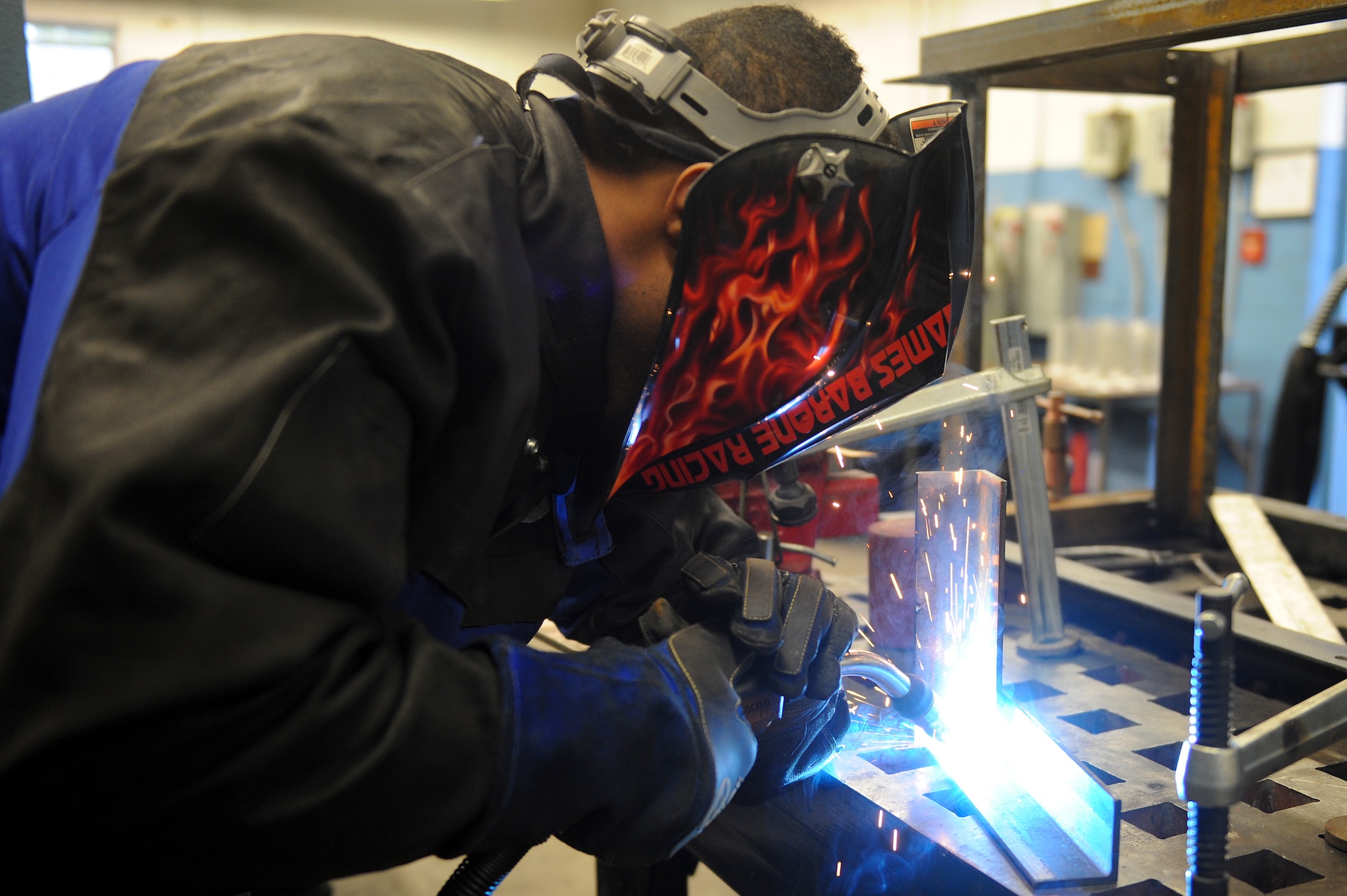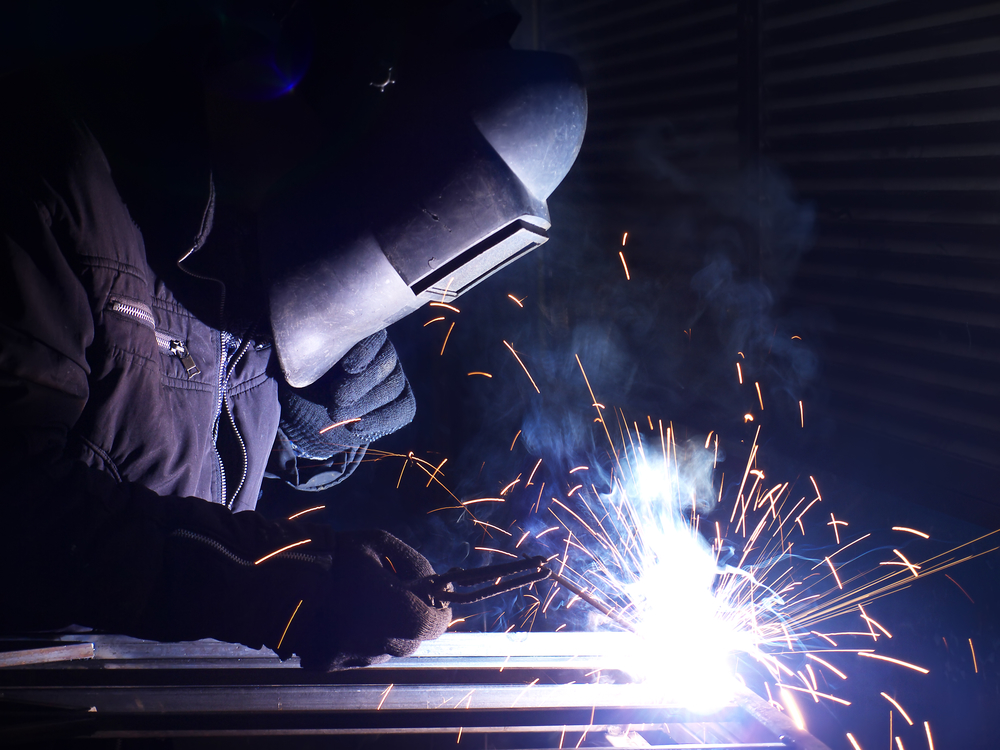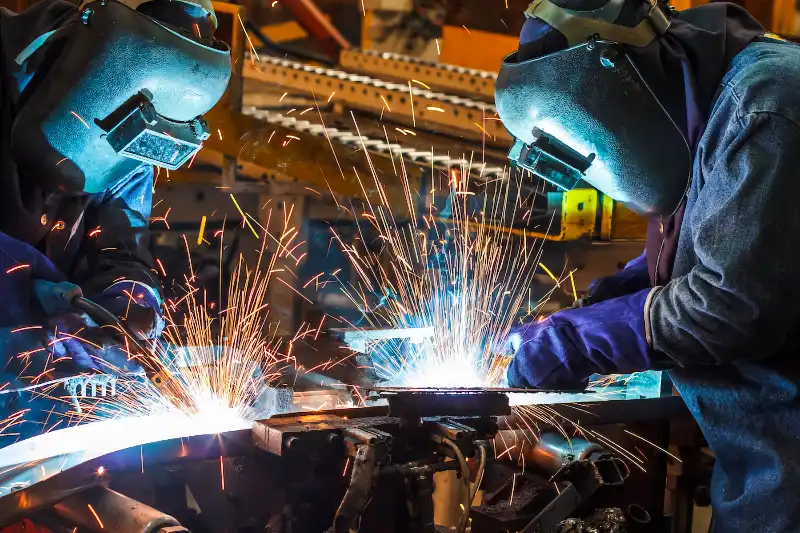Montana Mobile Welding and Repair Welding shares insight on addressing heat distortion effectively
Usual Welding Repair Service Issues and How to Address Them Effectively
Welding repairs typically run into a variety of issues that can threaten the integrity of the end product. Usual issues include poor penetration, porosity, and imbalance, among others. Each flaw provides unique obstacles that need specific approaches for resolution. Understanding these problems is vital for welders intending to improve their outcomes and skills. This discussion will check out these usual welding repair work problems and efficient approaches to address them.
Insufficient Penetration
Poor penetration happens when the weld metal stops working to fully fuse with the base product, resulting in weak joints and possible structural failures. This problem typically originates from insufficient warm input, inaccurate electrode angle, or improper welding speed. Welders might encounter insufficient penetration due to a mistake of the essential parameters for a particular product density or kind. Additionally, contamination on the base material's surface area can prevent reliable bonding, intensifying the issue. To resolve inadequate penetration, welders should assure proper setups on their devices and preserve a tidy job surface. Regular assessment of welds is suggested to identify any type of deficiencies early, permitting prompt adjustments and the avoidance of jeopardized structural honesty in welded assemblies.
Porosity
Porosity is an usual flaw in welded joints that manifests as small gas bubbles caught within the weld metal. This problem can compromise the honesty of the weld, bring about minimized strength and potential failure under tension. Montana Mobile Welding and Repair Belgrade. Porosity usually arises from contamination, moisture, or inappropriate welding techniques, which permit gases to escape right into the molten weld swimming pool. To deal with porosity, welders need to guarantee correct surface area preparation, keep a clean workplace, and use ideal welding parameters. In addition, picking the best filler product and shielding gas can alleviate gas entrapment. Normal evaluation and screening of welds can help identify porosity early, ensuring prompt corrective activities are taken, thus preserving the quality and integrity of the welded framework
Misalignment
Misalignment in welding can emerge from different variables, consisting of incorrect configuration and thermal development. Comprehending the root triggers is important for effective resolution. A number of correction techniques are offered to straighten parts and ensure structural stability.
Sources of Imbalance
Welding imbalance typically comes from a selection of underlying issues that can endanger architectural stability. One key cause is inappropriate fit-up of components prior to welding, which can result in spaces and unequal surface areas. Variations in thermal growth throughout the welding process can also result in distortion, particularly if the materials being joined have different coefficients of growth. Furthermore, poor fixturing and securing might fall short to hold parts firmly in location, leading to motion throughout welding. Inadequately conserved devices, including welding makers and devices, might present disparities in the weld grain, more contributing to misalignment. Driver error, stemming from insufficient training or experience, can additionally play a substantial duty in creating misaligned welds.

Adjustment Techniques Offered
Addressing imbalance properly requires a combination of rehabilitative techniques tailored to the specific concerns handy. One common approach is using components or jigs to hold parts in the appropriate placement during welding, guaranteeing regular placement. In addition, pre-heating the materials can assist decrease distortion and improve fit-up. For significant imbalance, mechanical realignment techniques, such as utilizing hydraulic jacks or clamps, can be used to deal with the placement prior to welding. Post-weld heat treatment might likewise be necessary to ease stresses triggered by misalignment. Ultimately, careful examination and modification during the setup phase can avoid misalignment issues from ending up being substantial troubles, advertising a smoother welding procedure and boosting general architectural honesty.
Distortion
Distortion is a typical difficulty in welding that can develop from various elements, consisting of unequal heating & cooling. Recognizing the root causes of distortion is crucial for applying reliable avoidance methods. Addressing this concern not just improves architectural stability however likewise enhances the general top quality of the weld.
Reasons for Distortion
When based on the intense heat of welding, products usually undertake modifications that can cause distortion. This phenomenon largely occurs from thermal development and tightening throughout the welding process. As the weld location warms up, the product expands; upon cooling, it acquires, which can develop interior stress and anxieties. In enhancement, uneven heating across a work surface can exacerbate these anxieties, resulting in warping or bending. The type of material likewise plays a substantial role; steels with varying thermal conductivity and coefficients of expansion might react in different ways, resulting in unforeseeable distortions. Bad joint layout and poor fixturing can contribute to misalignment during welding, raising the probability of distortion. Comprehending these causes is necessary for efficient welding repair and prevention methods.
Avoidance Techniques
Reliable avoidance techniques for distortion during welding focus on managing heat input and guaranteeing proper joint design. Keeping a regular heat input aids to reduce thermal growth and contraction, which can cause distortion. Utilizing strategies such as pre-heating the work surface can also reduce the temperature slope, advertising consistent heating. In addition, picking suitable joint designs, such as T-joints or lap joints, can enhance stability and lower tension focus. Executing proper fixturing to protect the work surfaces in place further help in maintaining alignment throughout the welding process. Staggered welding sequences can disperse warm extra uniformly, stopping localized distortion. By using these strategies, welders can considerably lower the likelihood of distortion and improve the overall quality of their welds.
Cracking
Cracking is a common concern come across in welding repair services, often arising from numerous elements such as inappropriate cooling rates, product selection, or poor joint preparation. The event of splits can considerably jeopardize the integrity of the weld, bring about potential failings throughout procedure. To address this issue, welders have to initially analyze the origin, making sure that products work and appropriately picked for the details application. In addition, managing the air conditioning rate throughout the welding procedure is essential; quick cooling can generate tension and cause cracking. Appropriate joint layout and preparation additionally add to reducing the danger. Implementing these strategies can boost weld high quality and longevity, inevitably lowering the likelihood of fracturing in ended up weldments.

Incomplete Blend
A considerable concern in welding fixings is incomplete blend, which takes place when the weld metal does not properly bond with the base product or previous weld passes - Welding. This issue can bring about weak points in the joint, possibly jeopardizing the integrity of the welded structure. Elements adding to incomplete fusion consist of inadequate heat input, improper welding method, and contamination of the surfaces being joined. To resolve this problem properly, welders need to assure correct pre-weld cleansing and surface preparation, as well as adjust their welding parameters to achieve ample infiltration and fusion. Normal assessment during the welding procedure can likewise help determine insufficient combination early, permitting timely corrective steps to improve the general top quality of the weld
Overheating
While welding repair services can improve structural honesty, overheating presents a considerable challenge that can bring about material destruction. Excessive warm throughout welding can change the mechanical residential or commercial properties of steels, leading to reduced stamina, increased brittleness, and warping. This sensation is specifically essential in high-stress applications where architectural integrity is critical. Recognizing getting too hot can entail visual evaluations for staining or distortion, along with monitoring temperature level throughout the welding procedure. To reduce the threats connected with getting too hot, welders must utilize suitable strategies, such as managing warmth input, adjusting travel speed, and utilizing appropriate filler products. Additionally, carrying out pre- and post-weld warmth treatments can assist bring back material residential properties and enhance the general top quality of the fixing, making sure long-term efficiency and security.
Often Asked Concerns
What Are the Typical Signs of a Welding Defect?

Just How Can I Check My Welds for Quality?
To check welds for quality, one can use aesthetic evaluations, ultrasonic screening, and radiographic methods. Each method ensures structural stability, recognizes issues, and validates adherence to specified requirements, inevitably improving the integrity of the bonded joints.
What Safety Safety Measures Should I Take While Welding?
When welding, one ought to focus on safety by putting on proper individual safety devices, guaranteeing correct ventilation, securing flammable products away, preserving a tidy workspace, and knowing surroundings to avoid injuries and accidents.
Can I Fix a Weld Without Remodeling the Entire Joint?
Repairing a weld without redesigning the whole joint is feasible, depending upon the damage (Belgrade Welding). Techniques such as grinding, including filler product, or using a welding process can efficiently attend to specific flaws while protecting the surrounding framework
What Devices Are Essential for Effective Welding Repair Works?
Important tools for efficient welding fixings include a welding machine, wire brush, mill, protective gear, clamps, and filler products. Each device plays a crucial role in making sure high quality and security during the repair work process. Porosity usually emerges from contamination, wetness, or improper welding techniques, which allow gases to run away right into the molten weld swimming pool. Poorly maintained equipment, including welding makers and devices, might introduce inconsistencies in the weld get more info grain, further adding to imbalance. When subjected to the extreme heat of welding, products commonly undertake modifications that can lead to distortion. Splitting is a common problem come across in welding fixings, usually resulting from various factors such as improper cooling prices, product choice, or inadequate joint prep work. A considerable issue in welding repairs is incomplete fusion, which takes place when the weld metal does not sufficiently bond with the base product or previous weld passes.